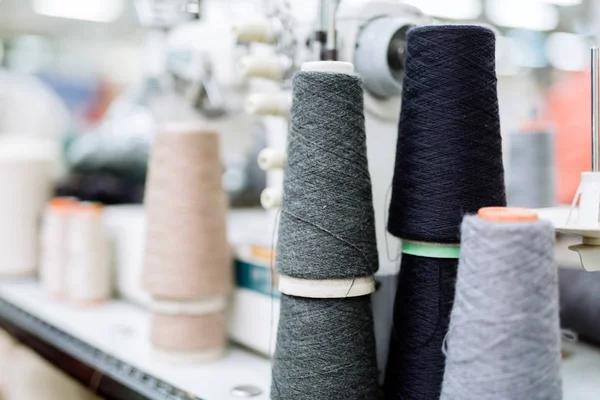Textile production is a vital component of the global economy, contributing significantly to employment and economic growth. However, this sector faces numerous challenges that threaten its sustainability and profitability. These challenges range from environmental concerns to technological advancements, labor issues, supply chain complexities, and market competition.
One of the significant challenges in textile production is environmental sustainability. The industry is one of the largest water consumers and polluters globally due to the extensive use of chemicals in dyeing and finishing processes. Additionally, it contributes to air pollution through carbon emissions from energy-intensive manufacturing processes.
Another challenge lies in labor conditions. Many textile factories are located in developing countries where working conditions can be substandard with low wages, long working hours without sportgiftz.com adequate welfare facilities for workers. Child labor is also a persistent issue within these factories.
Technological advancement poses both an opportunity and a challenge for the textile industry. On one hand, it offers domiciliation-auto-entrepreneur.com new ways to improve efficiency and quality; on the other hand, techcrumz.com it demands high investment costs that might not be feasible for many manufacturers especially small-scale ones.
Supply chain complexity adds another layer of difficulty as textiles often pass through multiple countries before reaching end consumers. This makes traceability difficult which can lead to unethical practices such as exploitation or even modern slavery going unnoticed.
Despite these challenges facing textile production there are potential solutions that could ensure sustainable development within this sector. To tackle itstoodayeasy.com environmental issues various eco-friendly techniques can be adopted such as using organic materials or recycling waste products into new textiles thereby reducing pollution levels significantly.
Labor conditions could be improved by implementing strict standards regarding worker’s rights along with regular audits ensuring compliance with these standards across all stages of production process thus eliminating child labor while providing fair wages myhomeactive.com safe working environments cruisissafe.com for all employees
Regarding technology adoption it would require collaboration between governments private sectors educational institutions provide necessary funding training opportunities enable manufacturers stay competitive amidst rapid technological changes
Finally transparency traceability must prioritized within supply chains enabling consumers make informed decisions about products they purchase This could be achieved through digital solutions andunlockmobile.com like blockchain technology that can track and verify the origin of materials and ensure ethical practices throughout the production process.
In conclusion, while there are significant challenges facing textile production, there are also viable solutions. By prioritizing sustainability, fair labor practices, technological innovation, and supply chain transparency, the industry can overcome these obstacles and continue to thrive. It requires collective efforts from all stakeholders including manufacturers, governments, consumers and thinkmariajuana.com non-governmental organizations to bring about this positive change.




